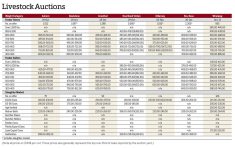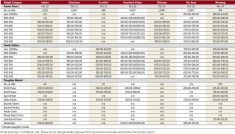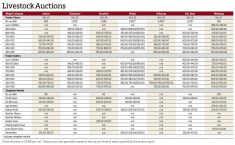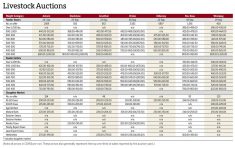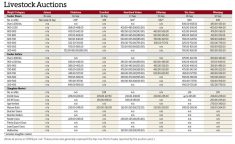Slaughterhouse shutdowns roiled North American cattle markets during the week ended April 24, with the bottleneck in the system likely to be felt at Manitoba auctions in weeks to come.
“We got lucky this week,” said Allan Munroe of Killarney Auction Mart, which held its sale on Monday, April 20 — right before Cargill announced it was closing its beef slaughter and packing plant at High River, Alta. due to cases of COVID-19 among employees.
At peak operating capacity, that Cargill plant accounts for roughly 40 per cent of the cattle slaughtered in Canada. The JBS plant at Brooks, Alta., also hit by the coronavirus, has reduced its operations to a single shift. Many U.S. meat-packing facilities were dealing with similar situations.
Read Also
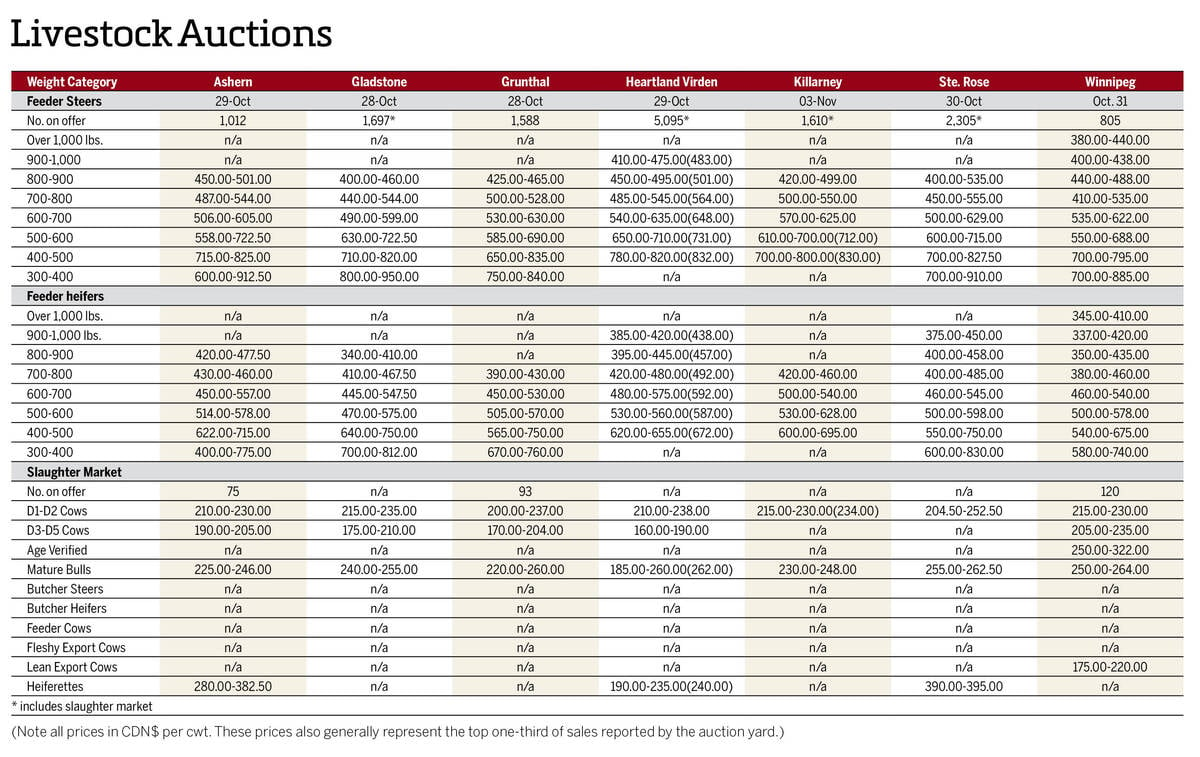
Manitoba cattle prices, Nov. 4
Manitoba cattle sale prices for the week of Oct. 28 to Nov. 4, 2025.
While feeder cattle prices have been edging lower, losses in butcher cattle were much more pronounced. Butcher cow prices in Manitoba have lost roughly $20 per hundredweight over the past couple of weeks due to the lack of slaughter facilities.
“The butcher market will be very tough,” Munroe said. He recommended producers hold off on moving butcher cattle unless they absolutely have to.
“The market changes by the minute, and the volatility is unprecedented,” he said — and that volatility was making buyers uncomfortable and reluctant to buy today what might be worth even less tomorrow.
With limited packing capacity in North America, meat prices at the consumer level will likely rise. That will add to frustrations at the farm level, as producers miss out on that retail strength.
“These processors will do everything they possibly can to get their chains moving, because the amount of money that they have the opportunity to make is mind boggling,” said Munroe.
He was hopeful that the market would eventually normalize, but the timing of that return to a new normal remains to be seen.
The cattle industry has dealt with its own struggles in the past, most notably the BSE crisis. When bovine spongiform encephalopathy (BSE) shook the industry, occasional rumours were often enough to provide a boost to prices.
However, with the current pandemic “there’s been no good news for a long time,” said Munroe.
That said, “the light cattle were very strong,” which he saw as an optimistic sign.
Good soil moisture levels were also nice to see in western Manitoba, as the forage situation in that area is looking better than it has for years.




